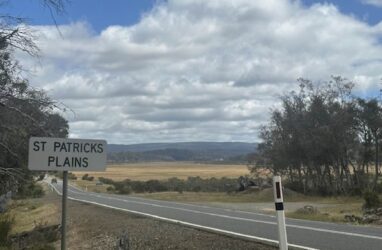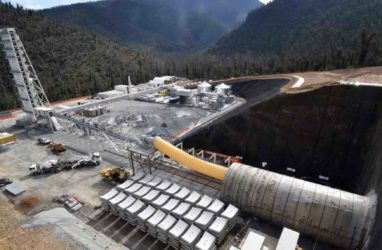The ongoing saga of a wind project in Tasmania's central highlands underscores the complexities of navigating environmental regulations and community opposition in renewable energy initiatives. After successfully overcoming a legal challenge and securing approval from the state Environmental Protection Authority (EPA), the project now faces its fourth delay under the Environment Protection and Biodiversity Conservation (EPBC) Act. This situation highlights the tension between advancing renewable energy projects and addressing environmental concerns, which can stall progress and create uncertainty for stakeholders involved in the energy transition. The implications of such delays are significant, as they not only affect project timelines but also influence investor confidence and the broader push for sustainable energy solutions in Australia.
To move forward, stakeholders must engage in a more collaborative dialogue that balances environmental stewardship with the urgent need for renewable energy development. The repeated federal delays signal a need for clearer frameworks that streamline the approval process while ensuring robust environmental protections. Key insights from this case suggest that fostering partnerships between developers, regulators, and local communities could mitigate opposition and expedite project timelines. As the energy landscape evolves, the lessons learned from this contested wind project may serve as a blueprint for future renewable initiatives, emphasizing the importance of transparency, stakeholder engagement, and adaptive regulatory practices in achieving sustainable energy goals.






